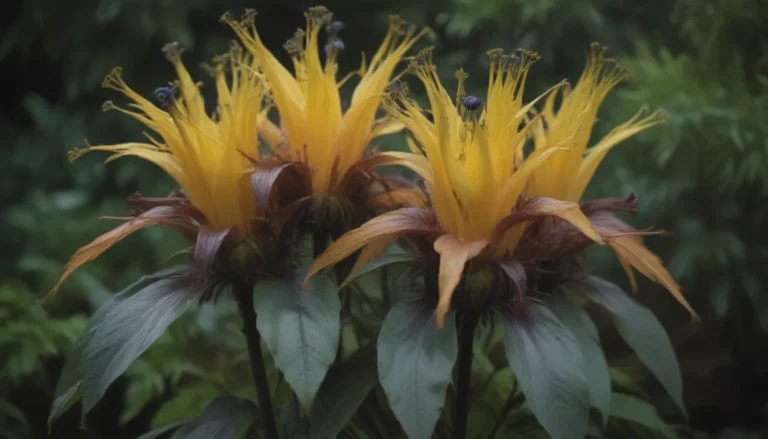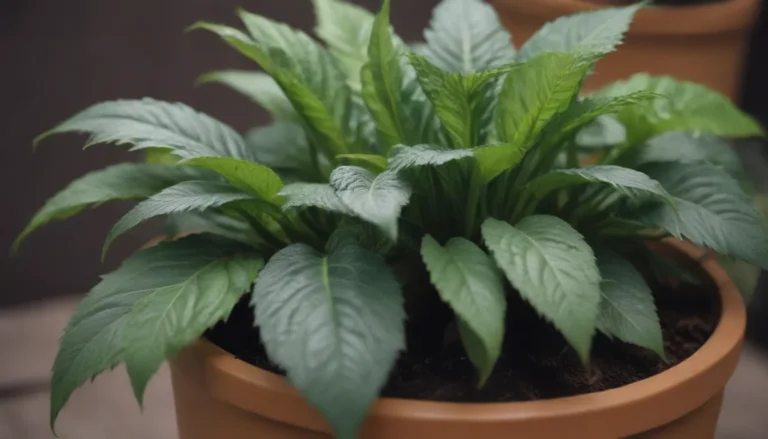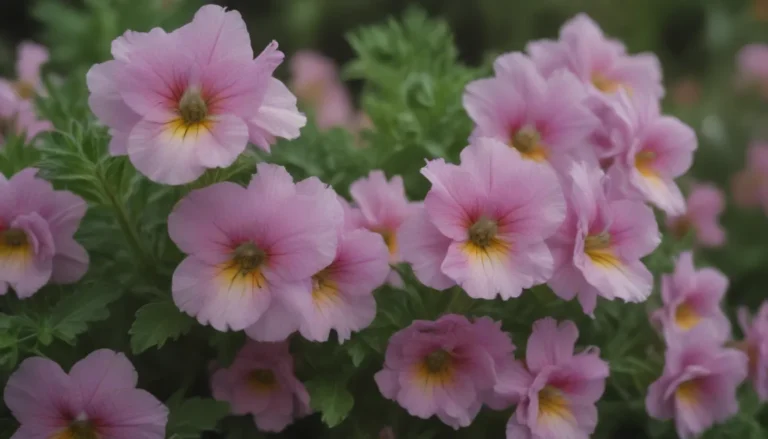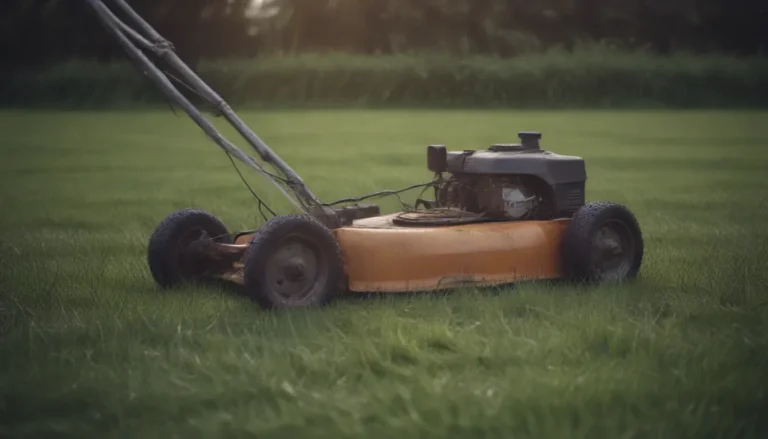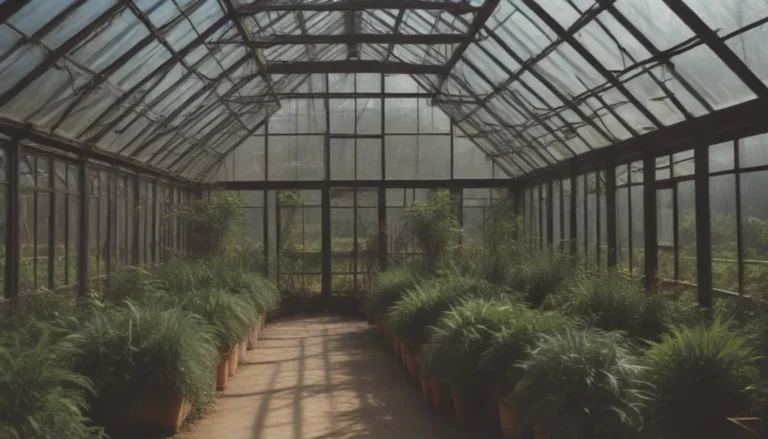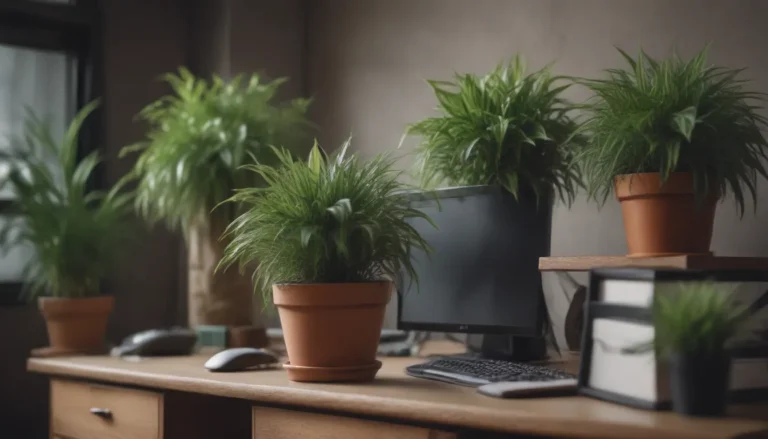An In-Depth Guide to 15 Types of Roses for Your Garden

Roses are an iconic symbol of beauty, love, and elegance, making them a popular choice for gardeners and landscapers alike. With over 300 species of roses and thousands of cultivated varieties, choosing the right type of rose for your garden can be a daunting task. In this comprehensive guide, we will explore 15 different types of roses, their characteristics, and how to care for them to help you make an informed decision for your garden.
Understanding the Different Types of Roses
When it comes to roses, there are various classifications based on their characteristics and traits. Some experts categorize roses by color and bloom type, while others divide them into modern roses, old garden roses, and wild roses. The American Rose Society, on the other hand, classifies roses into the following categories:
- Hybrid tea roses
- Grandiflora roses
- Floribunda roses
- Polyantha roses
- Miniature rose and miniflora roses
- Shrub roses
- Climber/rambler roses
Understanding the classification of a rose is essential as it provides valuable information about its growth habits and other attributes. When selecting a rose for your garden, consider factors such as color, fragrance, plant form, hardiness zones, disease resistance, and more.
Tip: Most roses thrive in warm climates, typically in zones 7 to 11. When shopping for roses, keep in mind that a rose rated for zone 5 can often thrive in zones 10 or 11 as well.
15 Types of Roses for Your Garden
- ‘About Face’ (Rosa Grandiflora ‘About Face’)
- USDA Hardiness Zones:
- Mature Size:
- Light:
-
Soil Needs:
-
‘Bonica’ (Rosa ‘Bonica’)
- USDA Hardiness Zones:
- Mature Size:
- Light:
-
Soil Needs:
-
‘Cherry Parfait’ (Rosa Floribunda ‘Cherry Parfait’)
- USDA Hardiness Zones:
- Mature Size:
- Light:
-
Soil Needs:
-
‘Teasing Georgia’ (Rosa ‘Teasing Georgia’)
- USDA Hardiness Zones:
- Mature Size:
- Light:
-
Soil Needs:
-
‘Easy Does It’ (Rosa Floribunda ‘Easy Does It’)
- USDA Hardiness Zones:
- Mature Size:
- Light:
-
Soil Needs:
-
‘Falstaff’ (Rosa ‘Falstaff’)
- USDA Hardiness Zones:
- Mature Size:
- Light:
-
Soil Needs:
-
‘Tahitian Sunset’ (Rosa Hybrid Tea ‘Tahitian Sunset’)
- USDA Hardiness Zones:
- Mature Size:
- Light:
-
Soil Needs:
-
‘Rainbow Knockout’ (Rosa ‘Rainbow Knockout’)
- USDA Hardiness Zones:
- Mature Size:
- Light:
-
Soil Needs:
-
‘Julia Child’ (Rosa Floribunda ‘Julia Child’)
- USDA Hardiness Zones:
- Mature Size:
- Light:
-
Soil Needs:
-
‘Mardi Gras’ (Rosa Floribunda ‘Mardi Gras’)
- USDA Hardiness Zones:
- Mature Size:
- Light:
- Soil Needs:
-
‘Morden Fireglow’ (Rosa Floribunda ‘Morden Fireglow’)
- USDA Hardiness Zones:
- Mature Size:
- Light:
- Soil Needs:
-
‘Pat Austin’ (Rosa ‘Pat Austin’)
- USDA Hardiness Zones:
- Mature Size:
- Light:
- Soil Needs:
-
‘Wild Blue Yonder’ (Rosa Grandiflora ‘Wild Blue Yonder’)
- USDA Hardiness Zones:
- Mature Size:
- Light:
- Soil Needs:
-
‘Elle’ (Rosa Hybrid Tea ‘Elle’)
- USDA Hardiness Zones:
- Mature Size:
- Light:
- Soil Needs:
-
‘Frankly Scarlet’ (Rosa Floribunda ‘Frankly Scarlet’)
- USDA Hardiness Zones:
- Mature Size:
- Light:
- Soil Needs:
These roses offer a wide range of colors, fragrances, and growth habits, making them suitable for various landscape designs and preferences. It’s essential to choose a rose that suits your garden’s specific needs and aesthetic goals.
Tips for Growing and Caring for Roses
- Planting: Choose a sunny spot with well-draining soil for your roses.
- Watering: Water deeply and regularly, especially during the growing season.
- Pruning: Prune your roses in early spring to promote healthy growth and blooming.
- Fertilizing: Feed your roses with a balanced fertilizer throughout the growing season.
- Mulching: Mulch around the base of your roses to retain moisture and suppress weeds.
Roses are relatively low-maintenance plants that reward gardeners with beautiful blooms and fragrances. With proper care and attention, your roses will thrive and enhance the beauty of your garden for years to come.
In conclusion, roses are versatile and stunning plants that can add elegance and charm to any garden. By choosing the right type of rose for your landscape and following proper care guidelines, you can enjoy the beauty and fragrance of these timeless flowers throughout the year. Experiment with different rose varieties and create a vibrant and colorful garden that will be the envy of your neighborhood. Happy gardening!
